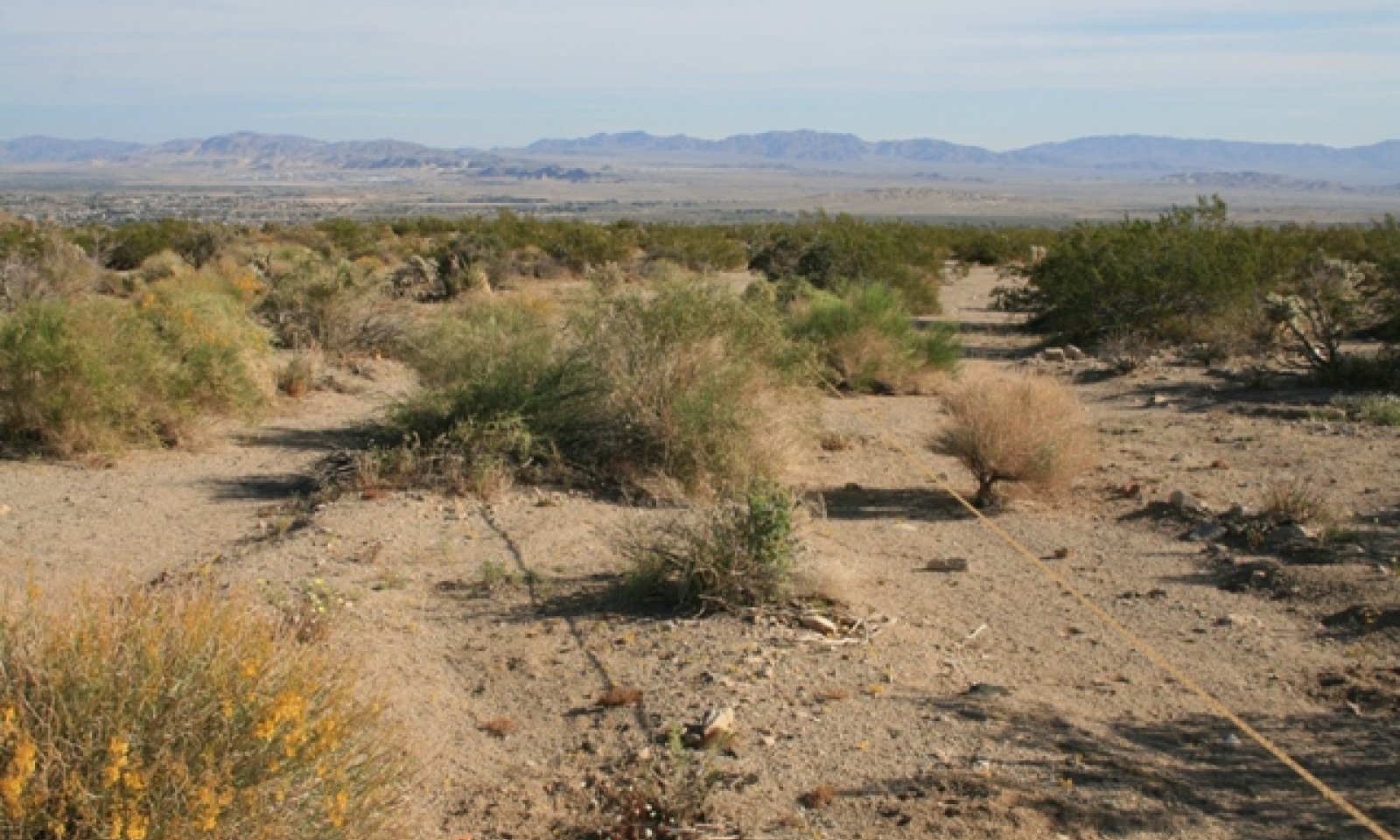
Rarely Flooded Warm Thermic Ephemeral System
Scenario model
Current ecosystem state
Select a state
Management practices/drivers
Select a transition or restoration pathway
- Transition 1 More details
- Transition T2a More details
- Restoration pathway R3a More details
-
No transition or restoration pathway between the selected states has been described
Target ecosystem state
Select a state
Description
State 1 represents the historic-natural condition for this ecological site. It is similar to State 2, but has only native species. If we were to include dynamics for this state it would be the same as displayed in State 2. The presence of non-native species is minimal in State 2, and has not altered the hydrology or fire frequency.
Description
This state represents the most common and most ecologically intact condition for this ecological site at the present time.
Submodel
Description
State 3 represents altered hydrological conditions typical of similar watersheds. Data is needed to develop a successional diagram for this state.
This site may be hydrologically altered due to surface flow alterations, changes in sediment transport capacity, or ground water depletion.
Submodel
Mechanism
This transition occurs with the introdution of non-native species. Once naturalized, this transition is very difficult to reverse. The state and transition model and general dynamics described in State 2 would be similar to this state, but the introduction of non-natives may increase the potential for fire.
Mechanism
Triggers that can cause a transition to State 3 include ground water depletion, surface flow alterations, and prolonged drought.
Any of the community phases from this state can cross the threshold to State 3, but community phase 2.3 and the later stages of 2.2 are especially vulnerable because decreases in vegetation density (and upland vegetation density) leave soils more susceptible to erosion (Bull 1997).
Mechanism
Restoration effort should be based on restoring proper hydrologic function to individual drainageways. Restoration in the upper watershed may be needed for proper function at a given location along the drainageway. Roads can be redesigned to allow proper stream alignment and flow. Seeds or plants of appropriate species may need to be reintroduced to the restored channels.
Model keys
Briefcase
Add ecological sites and Major Land Resource Areas to your briefcase by clicking on the briefcase (![]() ) icon wherever it occurs. Drag and drop items to reorder. Cookies are used to store briefcase items between browsing sessions. Because of this, the number of items that can be added to your briefcase is limited, and briefcase items added on one device and browser cannot be accessed from another device or browser. Users who do not wish to place cookies on their devices should not use the briefcase tool. Briefcase cookies serve no other purpose than described here and are deleted whenever browsing history is cleared.
) icon wherever it occurs. Drag and drop items to reorder. Cookies are used to store briefcase items between browsing sessions. Because of this, the number of items that can be added to your briefcase is limited, and briefcase items added on one device and browser cannot be accessed from another device or browser. Users who do not wish to place cookies on their devices should not use the briefcase tool. Briefcase cookies serve no other purpose than described here and are deleted whenever browsing history is cleared.
Ecological sites
Major Land Resource Areas
The Ecosystem Dynamics Interpretive Tool is an information system framework developed by the USDA-ARS Jornada Experimental Range, USDA Natural Resources Conservation Service, and New Mexico State University.



